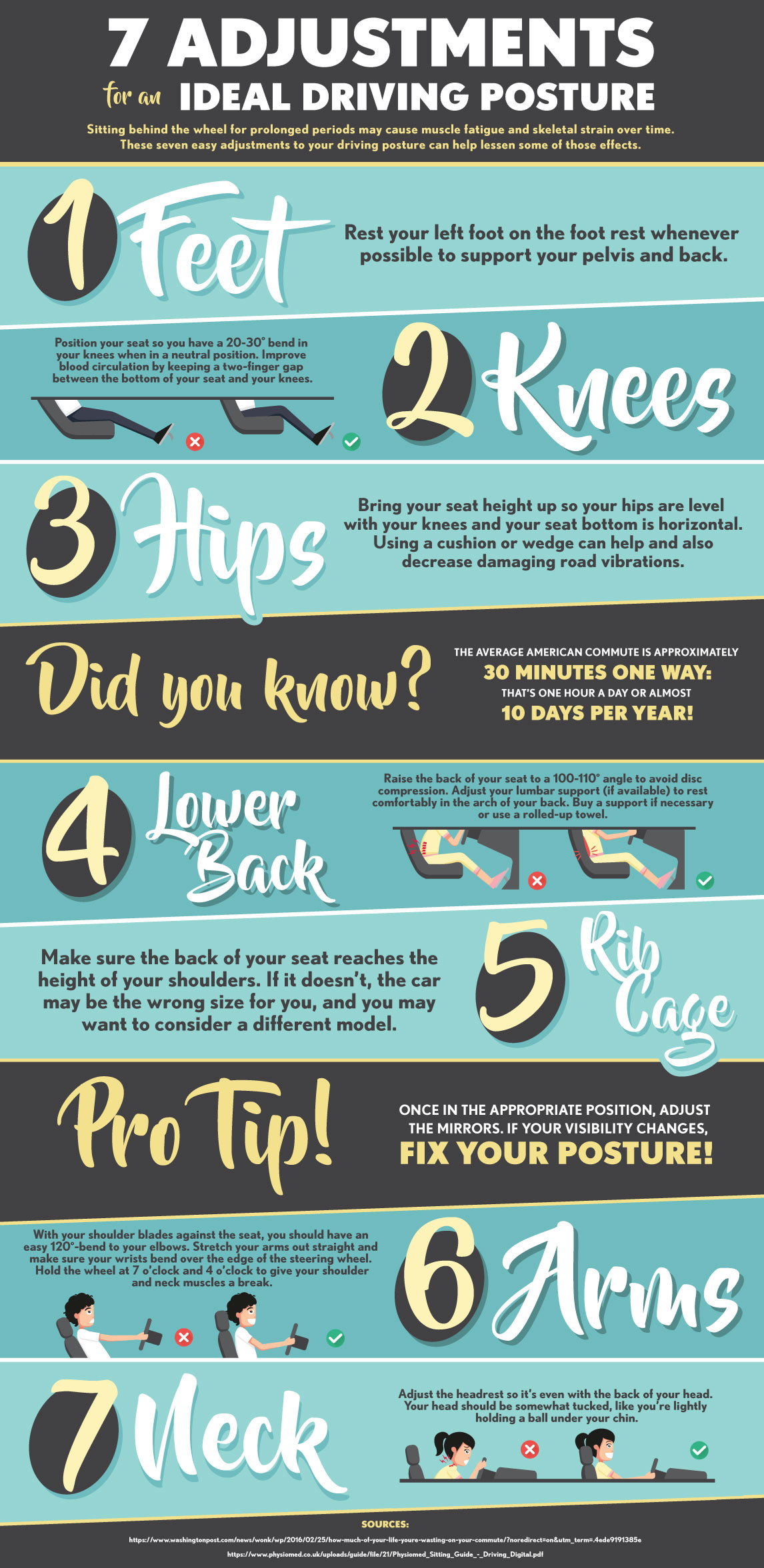When you think about pain administration options, you may find yourself weighing the advantages and disadvantages of various techniques, including acupuncture, over-the-counter medicines, and physical treatment. While many methods supply relief, they typically feature their own set of challenges, like side effects or extensive treatment times. Acupuncture stands apart for its distinct ability to advertise self-regulation with fewer dangers. But how does its effectiveness contrast to more standard methods? The nuances of these strategies can considerably impact your options, and discovering them even more could lead to unexpected insights.
Overview of Pain Management Techniques
When it involves taking care of discomfort, you have a variety of techniques available. These methods can range from typical strategies to a lot more alternate therapies. Comprehending your alternatives is vital in finding what works finest for you.
One usual strategy is over the counter medications like ibuprofen or acetaminophen, which can provide quick alleviation for mild to moderate pain. Prescription drugs, including opioids, could be required for a lot more serious pain, though they include dangers of dependence and negative effects.
Physical treatment is one more effective method, focusing on workouts and stretches to reinforce muscles and enhance wheelchair. Chiropractor for scoliosis helps in handling persistent discomfort conditions.
On top of that, some people turn to even more holistic options, such as massage therapy, which can alleviate tension and improve blood circulation.
Mind-body strategies, like mindfulness meditation or yoga, help you handle discomfort by minimizing anxiety and enhancing your mental resilience.
Lastly, lifestyle modifications, such as preserving a healthy and balanced diet and regular exercise, can play an essential function in total discomfort management. Each technique has its benefits and drawbacks, so it's vital to discover what matches your needs and preferences best.
Benefits of Acupuncture
Acupuncture provides an unique strategy to discomfort administration that stands apart amongst numerous techniques. By targeting particular factors on your body, it promotes the flow of power, or "qi," promoting all-natural healing and decreasing pain.
Among the biggest benefits is its marginal negative effects. Unlike some medications, which can lead to dependence or unwanted wellness problems, acupuncture is an all natural treatment that motivates your body's self-regulation.
You'll likely discover that acupuncture sessions can aid eliminate persistent discomfort, headaches, and even tension. Many people experience a feeling of leisure and well-being during and after treatment, which can enhance general quality of life.
Plus, it's a flexible choice; it can be utilized along with other treatments, making it an excellent enhance to your existing discomfort monitoring strategy.
An additional significant advantage is that acupuncture can be tailored to your certain requirements. Your professional will analyze your problem and develop a tailored therapy strategy, guaranteeing you get the care that finest sustains your recovery.
With its old origins and expanding approval in modern medicine, acupuncture attracts attention as an engaging choice for discomfort alleviation.
Comparing Effectiveness and End Results
Pain management techniques vary extensively in their effectiveness and results, making it essential to understand exactly how they compare to one another. When taking into consideration options like acupuncture, physical treatment, and medication, you'll find distinct distinctions in exactly how each technique addresses discomfort.
Acupuncture, for example, frequently provides alleviation for chronic discomfort conditions, with researches showing significant enhancements hurting levels for several individuals.
On the other hand, medications like opioids can effectively handle sharp pain however bring risks of reliance and adverse effects.
Physical treatment focuses on recovery and may take longer to show outcomes, which can be discouraging if you need prompt alleviation.
When assessing these methods, consider your specific pain kind and your personal health objectives. Some individuals locate that a mix of approaches works ideal for them.
For example, you could benefit from acupuncture sessions together with physical therapy to make the most of recovery.
Inevitably, understanding the effectiveness and end results of each technique will certainly help you make informed decisions about your pain monitoring method, enabling you to choose the technique that finest matches your needs and way of living.
Conclusion
In summary, acupuncture stands apart as a beneficial option to conventional pain monitoring methods. It provides quick relief and fosters self-regulation without the threats of dependency connected with medications. While physical therapy may require more time for results, acupuncture can supply instant benefits, making it an enticing alternative for those seeking remedy for chronic discomfort and stress. By integrating acupuncture into your discomfort monitoring plan, you can improve your general wellness and recover control over your wellness.
